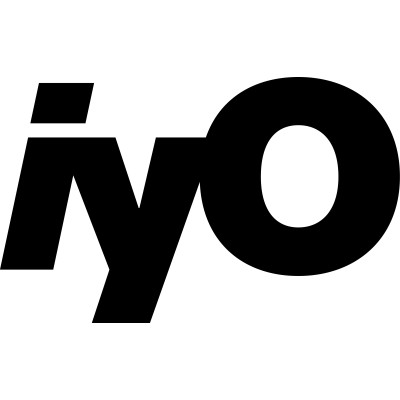
New Lantern envisions a future where radiology is transformed through adaptive AI and cloud-native technology, eliminating inefficiencies to empower medical professionals and enhance patient care. We are dedicated to building a seamless, intelligent ecosystem that automates routine imaging workflows, enabling radiologists to focus on delivering precise clinical interpretations.
Our mission extends beyond technology — we are reshaping how diagnostic imaging is accessed and utilized, creating a world where healthcare providers can rely on rapid, accurate, and physician-friendly AI tools. By integrating cutting-edge machine learning with cloud infrastructure, we strive to advance radiology into a more productive, accurate, and accessible specialty.
At New Lantern, we are committed to pioneering innovative AI-driven solutions that address real clinical challenges. Our vision is to improve outcomes and transform healthcare delivery by making radiology more efficient, data-driven, and impactful for the global community.
Our Review
When we first encountered New Lantern, what immediately caught our attention wasn't just their AI prowess — it was their laser focus on solving a real problem that's plaguing radiology departments everywhere. While other startups chase trendy AI applications, New Lantern is tackling the unglamorous but critical challenge of making radiologists' daily workflows actually work.
A Fresh Take on Medical Imaging
Their flagship Curie platform is essentially a "copilot" for radiologists, but that undersells what they've built. It's a complete reimagining of how medical imaging should work in the cloud era. The platform's sub-second image loading (even for mammography and PET/CT scans) is impressive enough, but it's their AI automation of tedious tasks like measurements and report writing that really shows they understand their users' pain points.
Why Radiologists Are Taking Notice
What's particularly clever about New Lantern's approach is how they've integrated AI without disrupting existing workflows. Their system works alongside radiologists rather than trying to replace them, automating the administrative burden while leaving the critical diagnostic work to the experts. Early adoption suggests they're onto something big — some users are reportedly doubling their productivity.
Room for Growth
While New Lantern is still young (founded in 2021) and relatively small (under 25 employees), their recent $19 million Series A round led by Benchmark signals serious potential. The backing of notable tech investors suggests we're not the only ones who see promise in their vision.
Our take? New Lantern represents the kind of focused, problem-first innovation that healthcare tech desperately needs. They're not just applying AI for AI's sake — they're using it to solve specific, meaningful problems in medical imaging. If they can maintain this trajectory while scaling up, they could become a major force in modernizing radiology workflows.
Automated Dictation & Reporting: AI-generated report impressions, automated measurements, and integration of technologists' notes into reports
Smart Image Segmentation: Advanced AI for precise image analysis and disease tracking
Adaptive Viewing Protocols: Cloud-based, sub-second image loading across all modalities
Case Distribution & Prioritization: AI automates case routing and prioritization
Specialized Viewers: Dedicated viewers for mammography and PET/CT modalities








